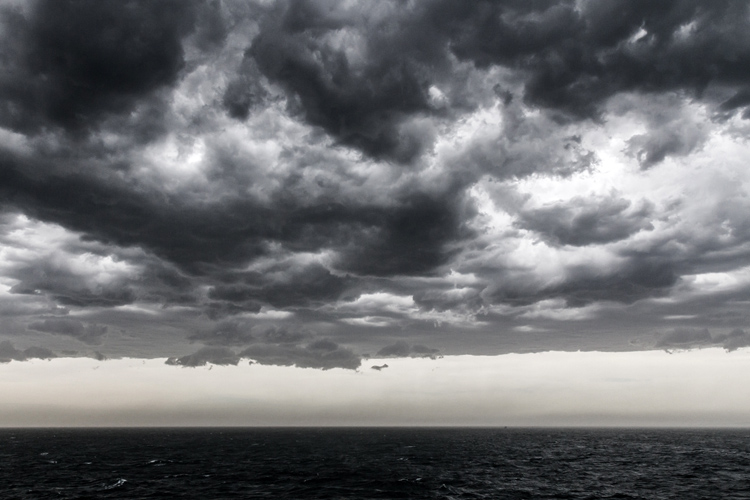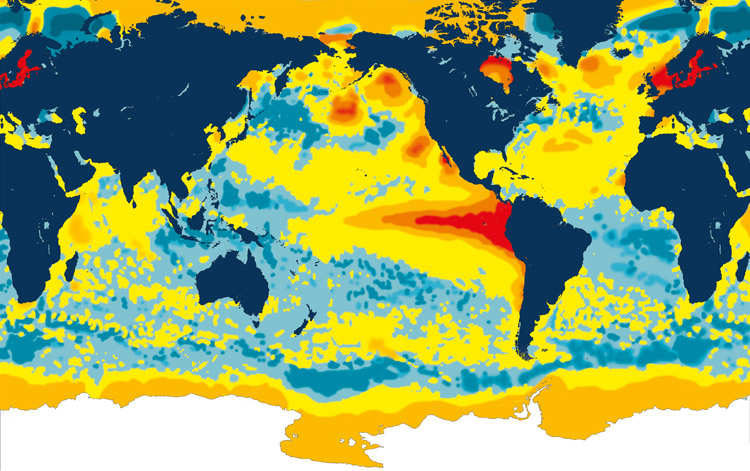El Niño and La Niña are complex climate cycles that occur in the Pacific Ocean around the equator. They have the power to affect the entire weather around the globe due to drastic variations in oceanic temperatures.
They change the odds of floods, drought, heat waves, and cold seasons for different regions, even raising global temperatures.
On average, El Niño and La Niña occur every two to eight years.
The Pacific Ocean has consistent winds blowing from east to west. These trade winds push warm water near the surface towards Asia and Australasia.
On the opposite side of the Pacific, around Central and South America, cold water is pulled up from deep down in the ocean in a process named upwelling.
With warmer water piled up in the west and cooler water in the east, we get an enormous temperature difference across the tropical Pacific.
Warmer water forces warmer air to rise rapidly and create an area of more unsettled weather with moving clouds and rain.

Powerful Weather Machines
A process of atmospheric circulation begins in the Pacific, with warm, moist air rising on one side of the ocean and cooler air descending on the other.
This perpetual state is the indication that El Niño is about to begin if all right conditions are met.
When trade winds weaken, the temperature difference between the western and eastern sides of the ocean becomes smaller.
As a result, weather patterns (rainfall and wind) become unstable and spread their wings across the world.
El Niño is a powerful weather machine, especially when it attacks full force in countries like Peru, Indonesia, India, Brazil, and the USA.
During powerful El Niño years (for example, 1972-73, 1982-83, and 1997-98), and because of all the extra heat at the surface of the tropical Pacific, world temperatures can rise quickly.
When El Niño does not return to neutral conditions, it sometimes reverses into La Niña.
El Niño's sister sees a strengthening of the classic trade winds, resulting in warmer waters to the far western part of the tropical Pacific and cooler waters extending from the coast of the American continent towards the central part of the ocean.
El Niño usually hits the east-central Equatorial Pacific between October and January.
It has massive impacts on water and health, fisheries, agriculture, corals, and many coastal activities.
